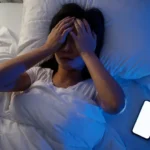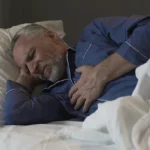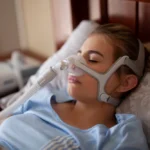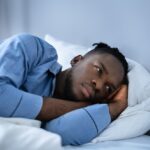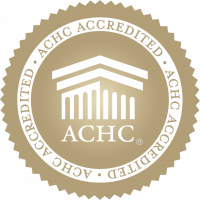Yes, they can. It is commonly called pediatric obstructive sleep apnea (pediatric OSA), and it is estimated that between 1% and 5% of young children have it. Most of these children are between the ages of two and eight, but OSA can occur at ANY age.
Up to 25% of children with pediatric OSA have reduced concentration, hyperactivity, or irritability; symptoms that mimic attention-deficit / hyperactivity disorder (ADHD). Pediatric OSA may also contribute to ADHD symptomatology in a subset of patients diagnosed with ADHD, and treatment of pediatric OSA appears to have favorable effects on these symptoms.
What causes sleep apnea in children?
The primary symptom of pediatric OSA is habitual snoring or loud “sonorous” breathing. The repeated disturbance of breathing, leading to frequent awakenings, can cause poor quality of sleep. Because the brain awakens only briefly, the child is usually unaware that they are frequently waking up.
- The most common cause of OSA in children is enlarged tonsils and adenoids, which are lymph glands, found in the back of the throat and behind the nose. The tissue in these glands can grow and cause narrowing in the back of the throat.
- Enlargement of the glands can be part of natural growth or caused by allergy, infection, and even acid reflux.
- Studies have shown that there may be a link between pediatric OSA and childhood obesity. Childhood obesity, however, seems to mimic adult OSA!
- Children with poor muscle tone such as those with muscular dystrophy or cerebral palsy may develop pediatric OSA. This is because the muscles in the head and neck tend to relax, blocking airflow to the lungs during sleep.
- Genetic syndromes such as Down syndrome and Prader-Willi syndrome can cause OSA in children.
- Children with an abnormal face or throat, such as a very small chin or throat, a large tongue, or a cleft palate (hole in the roof of the mouth).
- Prematurity
- Some problems in the brain can affect a child’s breathing control during sleep, which can result in pediatric OSA.
- Pediatric OSA can have a genetic origin. If one person in the family has OSA, then there may be a greater risk that a child of the family will also inherit the condition.
Signs of Pediatric Obstructive Sleep Apnea
While some children may grow out of their sleep apnea, it can have detrimental effects on the child’s life while it persists. For this reason, it is important for parents to know the potential signs of sleep apnea in children, and if observed, what to do next. Signs of OSA can be seen at night and during the day. Not all children will show every sign, and some may not show these signs every night. However, the most common sleep apnea signs for parents to look out for are (one or more of) the following:
At Night
- Snoring or loud mouth breathing at least 3 nights a week
- Gasping, choking or noisy breathing that may worsen when your child is on his or her back
- Pauses in breathing often with a “snort”
- Problems breathing through the nose, so the child needs to resort to mouth breathing
- Restless tossing and turning
- Unusual sleep position (seated position, arched back, head tilted back)
- Frequent awakenings from sleep
- Bedwetting, particularly if your child has not usually been wetting the bed at night
- Poor sleep at night can cause difficulties during the day
During the day
- Attention problems or poor performance in school
- Hyperactivity and other behavior problems
- Personality changes such as being moody, cranky or irritable
- Sleepiness—falling asleep in school or napping at unusual times
- Fatigue or extreme tiredness
- Headaches, especially in the morning upon waking up from sleep
- Speaking with a nasal sounding voice
How do you treat sleep apnea in children?
Traditionally, the first step is to talk to a pediatrician, and the next step is usually a referral to a specialist. Traditional sleep apnea diagnosis often involves lab or hospital sleep studies.
Diagnosing children who are uncomfortable being away from home can be challenging and can contribute to their distress. Fortunately, the Ognomy app gives parents and guardians an option to reduce stress for their children by providing virtual diagnostics and comprehensive care from the comfort of their homes, through sleep tests, consultations, and more.
Other treatments:
- One of the most common treatments of sleep apnea is the removal of the tonsils and adenoids by Ear, Nose, and Throat (ENT) surgeons.. In 70% to 80% of cases, surgery removes the sleep apnea symptoms and effects completely. The procedure is usually an outpatient visit. Since healing from the surgery may cause swelling for a while, the symptoms may not completely resolve for several weeks.
- Continuous Positive Airway Pressure (CPAP) is the second line of treatment. This is commonly used for adults, and it involves a special mask. Some specialists also recommend a sleep study to find the right pressure settings for the CPAP device.
- Medications, such as a steroid nasal spray or medications for allergies may help as allergies can cause swelling and congestion in the nose which can worsen OSA.
- Weight loss: If your child is overweight, talk to his or her health care provider about a safe, effective weight control program. This may have a positive impact on the child’s OSA.
- Sleep apnea is usually worse when lying on one’s back. Have your child sleep on his or her side. Propping the child up with pillows or putting a pillow at their back to stop rolling may help.
So, can children have sleep apnea forever?
In significant cases where surgery does not help, ongoing obstructive sleep apnea is a possibility; this is most common in conjunction with childhood obesity. However, pediatric OSA can also be curable. Mild sleep apnea in children without significant symptoms may be treated conservatively with watchful waiting, but treatment in some fashion is typically recommended. Most importantly, do not ignore snoring or other signs and symptoms of pediatric OSA in your child.
